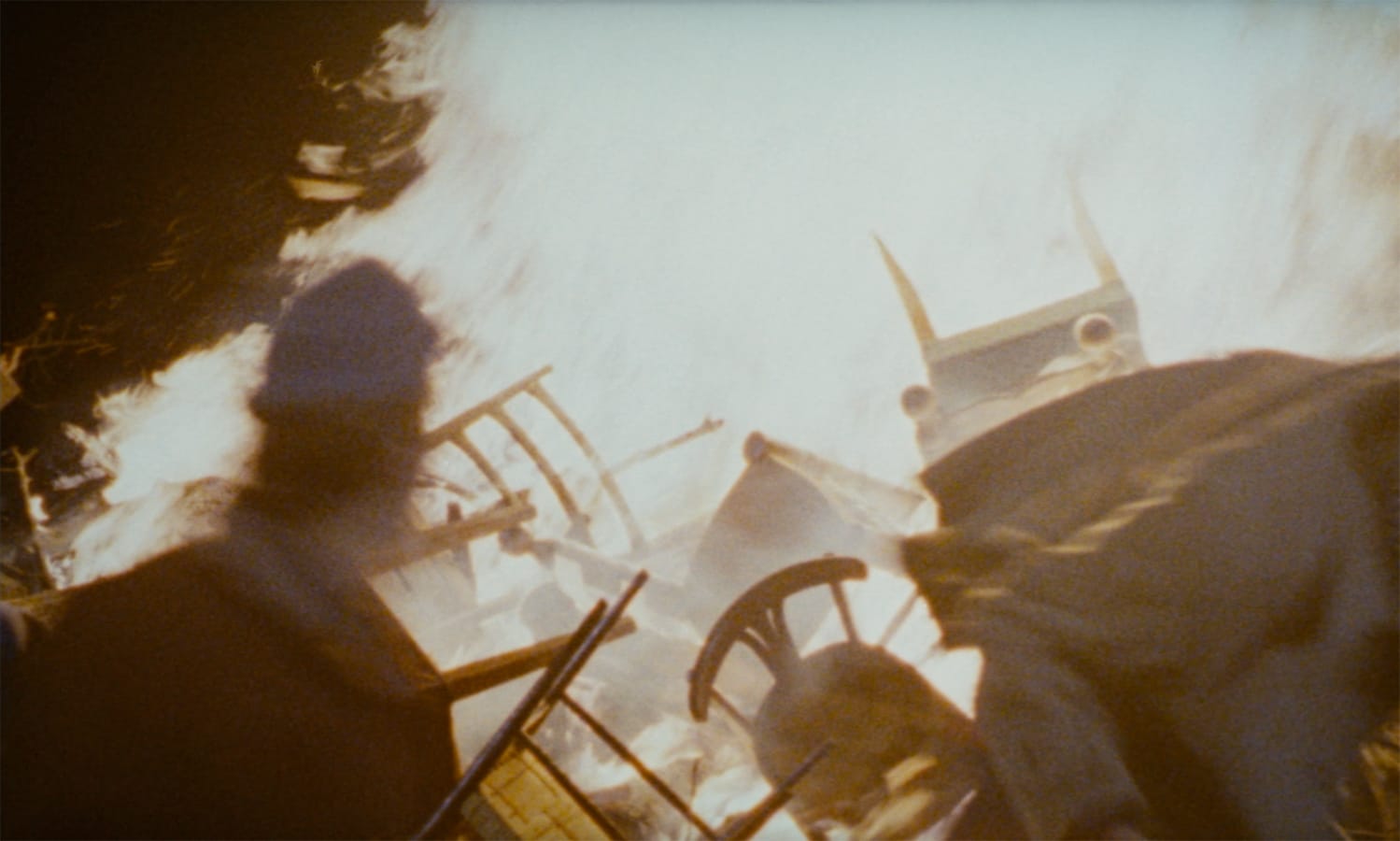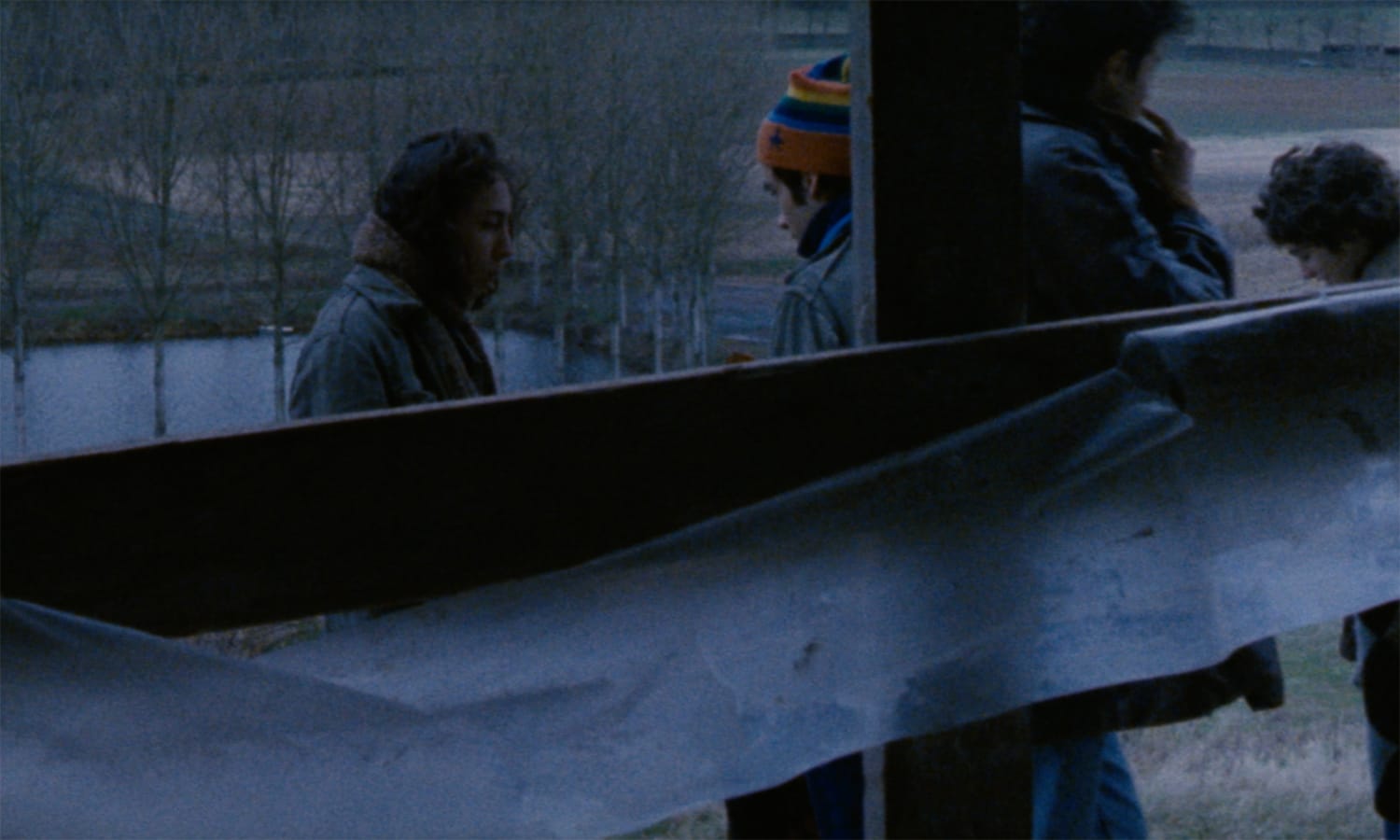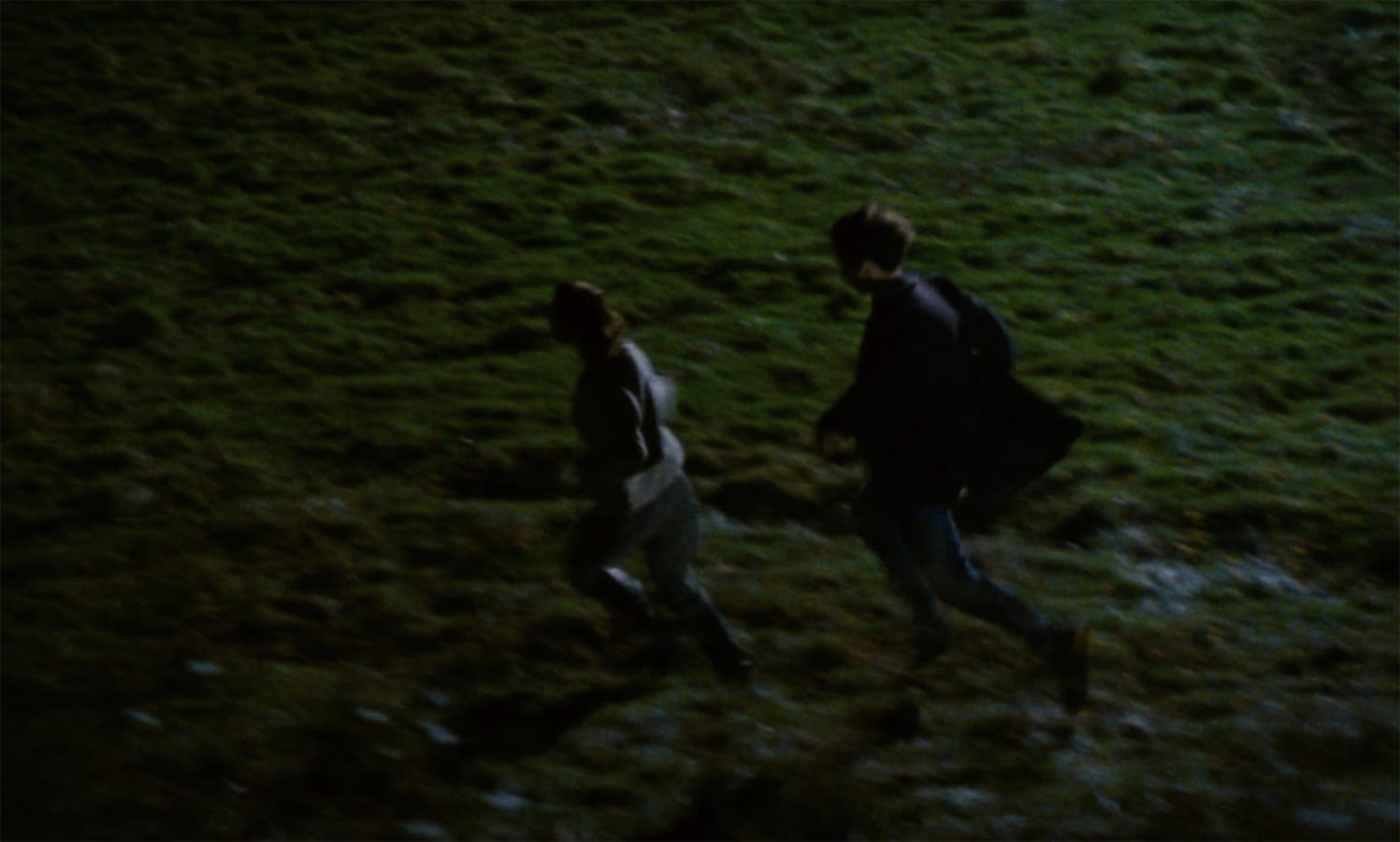Cold Water turned out to be an artistic breakthrough for Assayas. Like Gilles, he had grown up in a comfortable home steeped in culture, and he decided early on to become a painter, devoting himself to abstract art for almost a decade. But the painter’s life, confined to a studio, proved too solitary for him. Longing for social contact and impelled by a desire to be “dealing with real, tangible things” (as he once told an interviewer), he turned to cinema. His earliest preparations for working in the film world came by way of two experiences: ghostwriting episodes of TV shows for his ailing screenwriter father, Jacques Rémy; and penning film criticism for the influential Cahiers du cinéma. Lacking any formal training in filmmaking, he was fired by the DIY spirit of the punk movement, wanting to “reproduce in film the intensity, the here-and-now-ness” he had felt when he saw the Clash perform in Paris as a teenager. Assayas dove in and found success early: Disorder (1986), his debut, won the critics’ prize at the Venice Film Festival. But it wasn’t until Cold Water, his fifth feature, that he discovered a way of working that enabled him to tap into his deepest values.
These values were informed by a long engagement with the movement of Situationism, which has been a touchstone for Assayas all his adult life. Of its most famous text, Guy Debord’s The Society of the Spectacle (1967), Assayas wrote not long ago that he had “not found anything more persuasive, neither before nor since.” The Situationists were a radical-left group of intellectuals whose anticapitalist critique of media-saturated consumer culture—what they called “the spectacle”—seems strikingly prescient today. They rose to international visibility during the May ’68 protests in France, and Assayas came to political consciousness a few years later. So profoundly marked was he by their ideas that he titled his memoir A Post-May Adolescence and addressed it as a letter to the poet Alice Debord, who supervised the publication of her husband Guy’s manuscripts and correspondence after his death by suicide in 1994.
For the Situationists, artworks—even those that were oppositional in stance—were little more than commodities in service of the spectacle. In order to escape this fate, it was necessary to fold art into the practice of everyday life. In the spirit of a prominent piece of May ’68 graffiti that proclaimed, “The more you consume, the less you live,” Situationists believed that the ephemerality of the everyday offered a way to resist easy commodification. One vehicle for merging art-making and living was the “situation,” a collectively constructed moment, an adventure, in an environment with a unifying ambience. While filming Cold Water’s epic party sequence at the château, Assayas had a revelation: that he had accidentally helped create all the right conditions for something akin to a “situation.” It was a cold night, and fifty euphoric teenagers were partying for the camera: “They smoked grass, they flirted, they warmed themselves around braziers,” he later said. All of this was accompanied by a stream of rock music that reverberated through the air. In his memoir, Assayas wonders: “What if, in cinema, the veritable artistic gesture was not so much the finished result as the shooting itself? Aren’t most films less than what has been lived, truly lived, while they were being made?” It was an insight that was to transform his approach to filmmaking, reducing his reliance on rehearsals and opening him up to irruptions of the unpredictable on set. Contributing to this artistic metamorphosis were production constraints that were new to the young filmmaker—access to only 16 mm cameras, with their lighter weight; the limited budget. He found that they gave him a creative freedom and mobility that he wanted to retain even on the bigger projects that followed.
Broadly speaking, the genre of the teen movie can be said to comprise two strands: On the one hand, there is the conventionally understood commercial teen film, targeted primarily at an adolescent audience, of which the eighties oeuvre of John Hughes might be the best-known model. But if we adopt a broader definition—one that can include all films about teenagers and their experiences—it opens up the field to art cinema. Cold Water belongs to this second strand, which we might call the art/teen movie, an illustrious lineage that also comprises films as disparate as Maurice Pialat’s Graduate First (1978), Edward Yang’s A Brighter Summer Day (1991), Catherine Breillat’s Fat Girl (2001), and one of Assayas’s favorites, Robert Bresson’s The Devil, Probably (1977).













